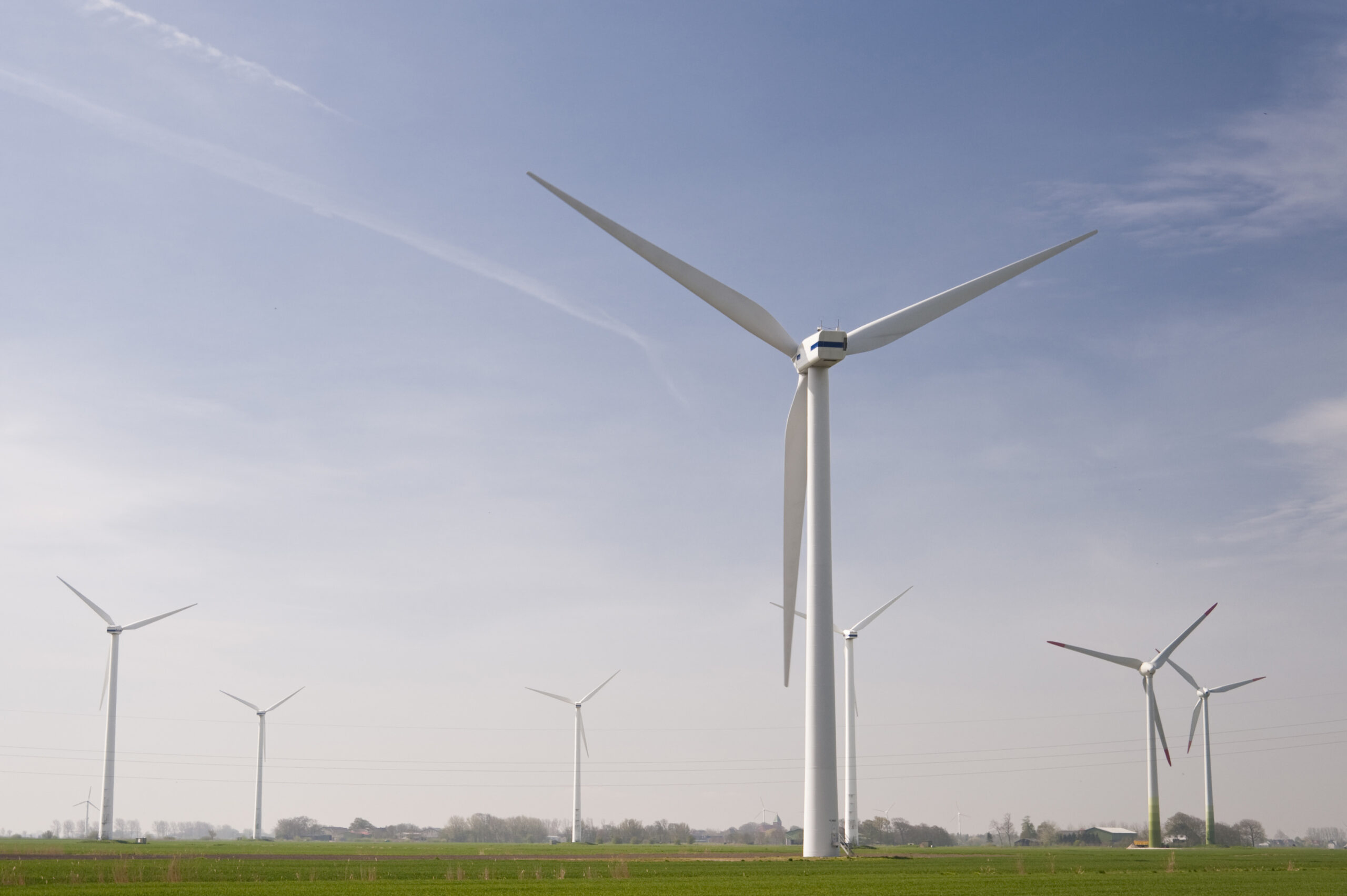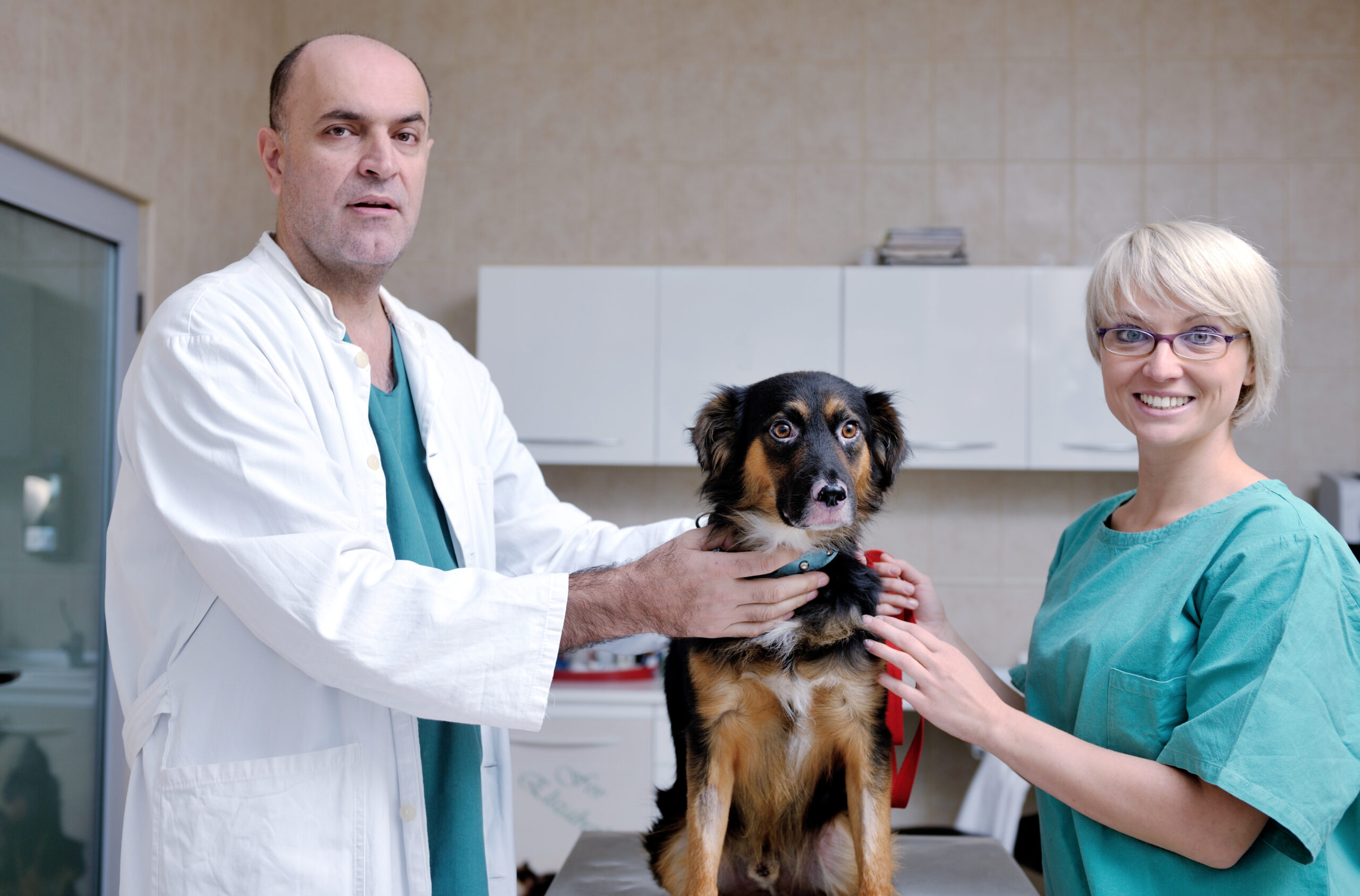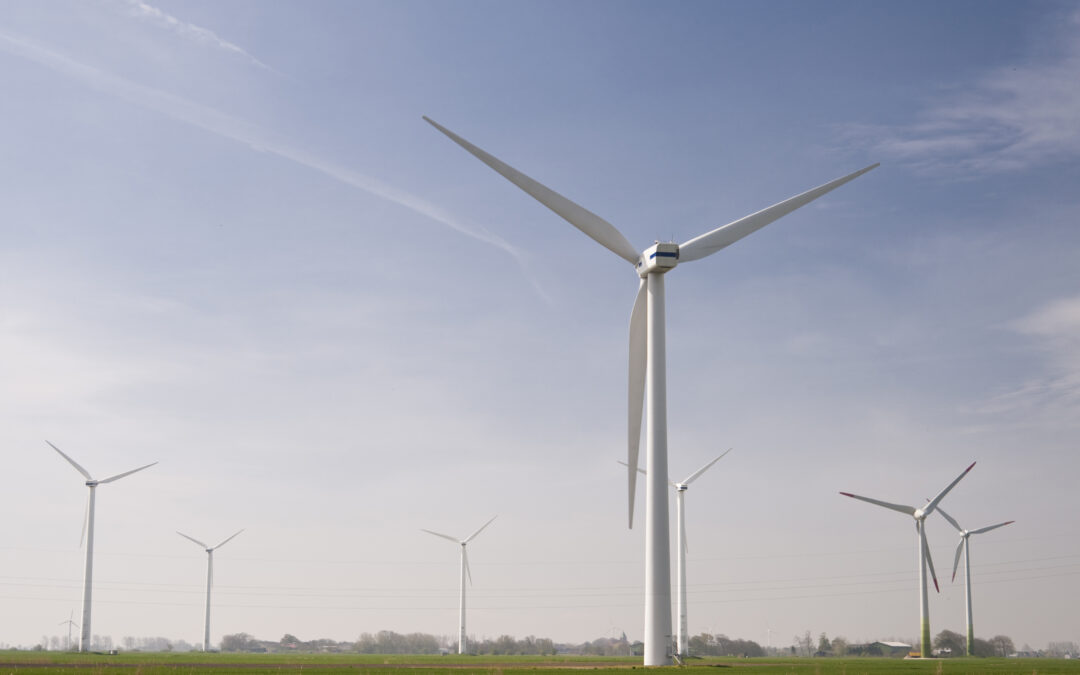Small-scale livestock farming is becoming increasingly popular as more people seek to live sustainable and self-sufficient lives. Raising animals on your homestead can be a rewarding experience, providing you with fresh milk, eggs, meat, and other products while also giving you the opportunity to bond with these amazing creatures. In this guide, we will cover everything you need to know about raising livestock on a small scale, from choosing the right animals to processing and selling your products.

Introduction to Small-Scale Livestock Farming
Before diving into small-scale livestock farming, it’s essential to understand what it entails. Unlike large commercial farms that focus on maximizing production at minimal cost, small-scale farmers prioritize quality over quantity. They raise a few animals in a humane way, allowing them to roam freely and enjoy a natural diet. This approach not only results in healthier animals but also produces better tasting food.
Choosing the Right Animals for Your Homestead
The first step in starting a small-scale farm is selecting the right animals for your homestead. The choice of animal depends on several factors such as space availability, climate, and personal preference. Some common choices include chickens, goats, sheep, pigs, and cows. Each species has its unique characteristics, needs, and benefits. For instance, chickens are easy to maintain and provide fresh eggs daily, whereas goats require less maintenance than cows but produce high-quality milk. Sheep are great for wool production, while pigs offer delicious meat. Choose the ones that align with your goals and lifestyle.
Housing and Feeding Your Livestock
Once you have selected the animals, the next crucial aspect is housing and feeding them. You should provide adequate shelter to protect them from harsh weather conditions and predators. The size and design of the pen depend on the number and type of animals you plan to keep. Ensure there is enough space for each animal to move around comfortably. Also, consider installing fencing to prevent escapees.
Feeding your livestock requires careful planning. Provide them with a balanced diet consisting of hay, grains, and supplements depending on their age and stage of production. Access to clean water is critical too; ensure they always have access to fresh water.
Taking Care of Your Animals’ Health
As a responsible farmer, taking care of your animals’ health is paramount. Regular checkups, vaccinations, and deworming help prevent diseases and promote overall wellness. Keep an eye out for any signs of illness or injury and take appropriate action immediately. Consult with a veterinarian if necessary.

Processing and Selling Your Products
After raising your animals, the final step is processing and selling your products. Depending on the type of animal, you may choose to slaughter them yourself or hire a professional service. Ensure you follow all relevant regulations and safety guidelines when handling meat. Once processed, you can sell your products locally through farmers markets, direct sales, or online platforms. Make sure to price your products competitively and highlight their unique features like organic, free-range, or grass-fed labels.
Conclusion: Starting Out on the Right Foot
Starting a small-scale livestock farm can be challenging, but with dedication and commitment, anyone can achieve success. Take time to research and learn about the different aspects involved before embarking on this journey. Seek advice from experienced farmers, attend workshops and seminars, and read up on best practices. Remember, raising livestock is not just about producing food but also about creating a harmonious relationship between humans and animals.





